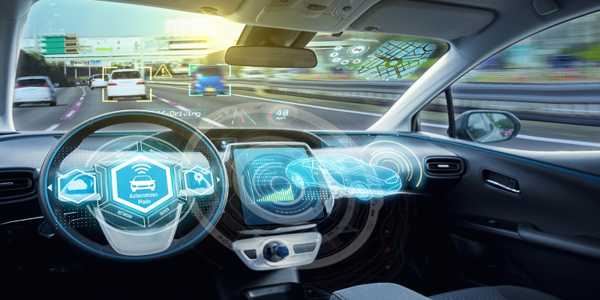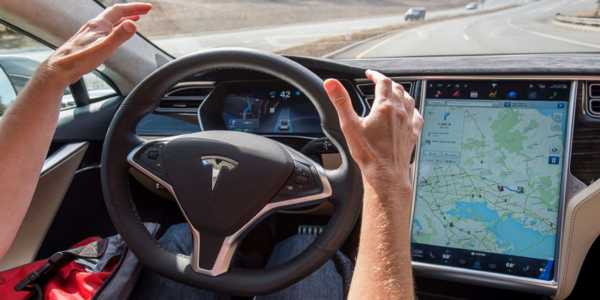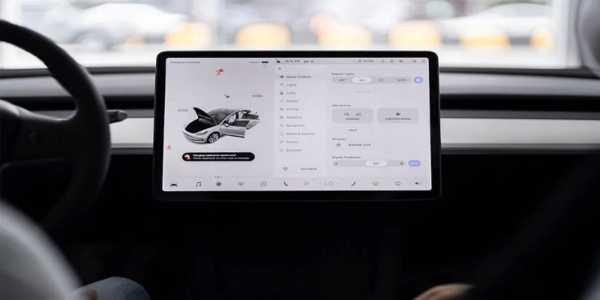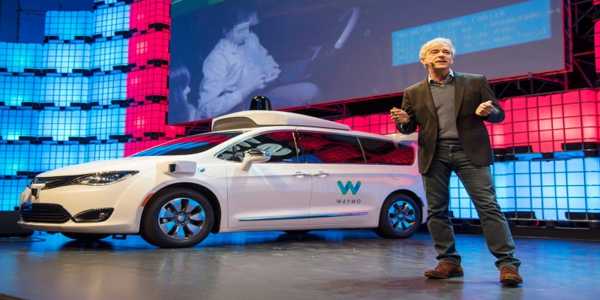- Electronics & Tech News
When Will We See Truly Self-Driving Cars On The Roads?
Self-driving cars have long been a vision of the future, capturing the imagination of people worldwide. From the early sci-fi depictions of cars navigating streets without human intervention to today's cutting-edge prototypes on test tracks, it seems like autonomous vehicles are just around the corner. But how close are we really to seeing fully self-driving cars on our roads? This question sparks debates across industries, governments, and technology experts alike.
While advancements in autonomous driving technology have been impressive, several hurdles remain before these vehicles become a common sight on our streets. In this article, we'll discuss the current state of self-driving technology, the challenges it faces, and what might be needed before we can truly say that self-driving cars are a part of our daily lives.
The Current State Of Autonomous Driving Technology
The development of self-driving cars is not as simple as installing a few cameras and sensors. It's a complex, multifaceted task that involves a combination of technologies such as computer vision, artificial intelligence (AI), machine learning, and advanced sensors. The goal is for cars to navigate safely through traffic, recognize obstacles, make decisions, and respond to unpredictable conditions without human intervention.

As of 2024, we are witnessing a significant leap in this technology. Companies like Tesla, Waymo (a subsidiary of Alphabet, Google’s parent company), and Cruise (backed by General Motors) have been testing autonomous vehicles for years. Some of these companies offer semi-autonomous driving features, such as Tesla’s Autopilot or GM’s Super Cruise, which allow the car to drive itself under certain conditions, though they still require human oversight.
However, a fully autonomous vehicle—one that can drive in any environment, in any condition, without any human intervention—is still far from being a reality. These vehicles are currently limited to specific environments like mapped areas or specific types of roads, typically in urban or suburban settings with favorable conditions. The systems are still not reliable enough to handle all situations, such as complex traffic scenarios or adverse weather conditions.
Technological Barriers To Full Autonomy
To understand when self-driving cars will truly be available, we need to look at the technological barriers still standing in the way. One of the most significant challenges is creating a vehicle that can handle the unpredictable nature of driving.
Sensors And Perception Systems
Autonomous vehicles rely on a variety of sensors—such as radar, LiDAR (Light Detection and Ranging), cameras, and ultrasonic sensors—to perceive their surroundings. While these sensors are becoming more advanced, there are still limitations in how well they function in poor weather conditions (rain, fog, snow), which can severely limit a car’s ability to detect obstacles or road markings. The quality of perception systems must be high enough to detect pedestrians, cyclists, and other vehicles in various lighting conditions, which remains a challenge.

Decision-Making And AI
Making real-time decisions based on sensory input is one of the hardest tasks for self-driving cars. When driving, humans constantly make split-second decisions based on countless variables. Teaching an AI system to mimic this process is difficult, especially when it comes to moral or ethical decisions (for example, how to react to an unavoidable collision). The complexity of human judgment remains a significant obstacle for AI to overcome.
Map Data And Navigation
A self-driving car needs highly detailed and accurate maps to navigate independently. While companies have made progress in mapping large urban areas, these maps need constant updates. In addition, self-driving cars need the ability to adapt to changes in real-time—such as road closures, accidents, or other unforeseen changes in the road environment. This requires robust software systems capable of real-time processing and decision-making.

Legal And Regulatory Challenges
Even if self-driving technology becomes reliable enough to handle all driving scenarios, there are still substantial legal and regulatory hurdles to overcome. Governments and regulatory bodies around the world are grappling with how to create rules and guidelines that address the complexities of autonomous vehicles. These regulations cover a wide range of issues, including:
Safety Standards And Testing
Before self-driving cars can hit the roads at scale, they must meet stringent safety standards. These standards need to be developed by regulatory bodies that can ensure the vehicles are safe for public use. Extensive testing is required, not just in controlled environments but on public roads with real-world variables. Determining when enough testing has been done and whether these vehicles can be trusted to operate safely is a significant challenge.
Liability And Insurance
A critical issue with autonomous vehicles is determining who is liable in the case of an accident. If a self-driving car causes a crash, is the manufacturer at fault, or is it the software provider? How does this affect insurance policies and rates? These questions need to be addressed before autonomous vehicles can be integrated into mainstream traffic.
Legislative Action
In many countries, current laws were written with human drivers in mind, not autonomous vehicles. For example, laws around traffic violations, road safety, and even vehicle registration need to be adapted to account for vehicles that may not have a human driver. This adaptation requires cooperation from lawmakers, which can be a slow and unpredictable process.

Conclusion
So, when can we expect to see truly self-driving cars on the roads? While we're closer than ever before, many factors still need to align before we see widespread adoption. The technology is progressing, but it’s not yet foolproof. Legal frameworks, public trust, and infrastructure all need to catch up with the innovations in autonomous driving.
For now, we can expect to see continued testing, incremental improvements, and possibly more limited deployment of self-driving vehicles in specific areas, such as ride-hailing services or delivery vehicles. Full autonomy, where cars can drive anywhere without human intervention, may take another decade or more to achieve. But the wheels are in motion, and every day brings us a little closer to the future, where self-driving cars are no longer just a dream.





